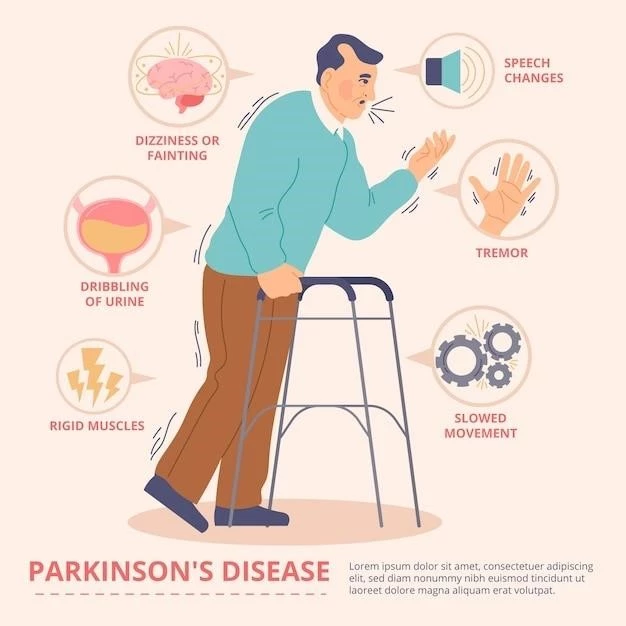Introduction to Trueb–Burg–Bottani Syndrome
Symptoms of Trueb-Burg-Bottani Syndrome include missing teeth, nail abnormalities, and webbed fingers.
Description and Overview
Trueb–Burg–Bottani Syndrome is a rare genetic disorder characterized by distinctive facial features, intellectual disability, missing teeth, nail abnormalities, webbed fingers, and thickened skin. Associated symptoms include twisted hair shafts and a short midface. The syndrome falls under the category of ectodermal dysplasia, affecting various aspects of skin, hair, and oral structures. Limited information is available about the cause and population estimates for this condition, emphasizing its rarity and the need for further research and awareness.

Symptoms of Trueb–Burg–Bottani Syndrome
Abnormal tooth position, missing teeth, nail abnormalities, thickened skin, twisted hair shafts, short midface, and webbed fingers.
Identifying Characteristics
Trueb–Burg–Bottani Syndrome is recognized by specific features such as dental abnormalities, nail issues, skin thickening, hair shaft twisting, midface shortening, and finger webbing. These distinctive traits aid in the diagnosis of this rare genetic disorder.
Causes and Inheritance Patterns
The cause of Trueb–Burg–Bottani Syndrome is not yet known. The inheritance pattern of the syndrome is currently under investigation.
Genetic Factors
Trueb–Burg–Bottani Syndrome is classified as an autosomal dominant condition related to ectodermal dysplasia. The genetic mutation responsible for this syndrome is currently being investigated by researchers to better understand its inheritance patterns and underlying genetic factors.
Diagnosis and Treatment Options
Diagnosis of Trueb-Burg-Bottani Syndrome involves recognizing distinctive physical features. Treatment options focus on managing specific symptoms and providing multidisciplinary care.
Medical Approaches
Managing Trueb–Burg–Bottani Syndrome involves a multidisciplinary approach catering to the specific symptoms presented by affected individuals. Treatment aims to address dental, dermatological, and orthopedic issues, focusing on enhancing the quality of life for patients with this rare genetic disorder. Additionally, genetic counseling may play a crucial role in understanding the condition’s implications for affected individuals and their families.
Research and Resources
Available resources for Trueb-Burg-Bottani syndrome include specialized healthcare providers, patient assistance programs, and ongoing research efforts.
Available Support and Information
Information and resources for Trueb–Burg–Bottani syndrome include specialized healthcare providers, patient assistance programs, ongoing research, and online communities offering support and knowledge sharing for individuals and families affected by this rare genetic disorder.
Rare Disease Awareness
Information on Trueb-Burg-Bottani syndrome and its rarity, highlighting limited data availability and ongoing research efforts.
Understanding the Rarity
Trueb–Burg–Bottani Syndrome is classified as a rare genetic disorder with limited available information and ongoing research efforts to understand its causes, symptoms, and management strategies. The rarity of this syndrome highlights the need for increased awareness and specialized care for affected individuals.

Specialist Insights
Experts specializing in Autosomal dominant trichoodontoonychodysplasia-syndactyly offer valuable insights from research, clinical trials, and grants related to this condition.
Expert Perspectives
Specialists researching Autosomal dominant trichoodontoonychodysplasia-syndactyly provide valuable insights into Trueb-Burg-Bottani Syndrome, contributing to advancements in understanding the genetic basis, inheritance patterns, and potential treatments for this rare condition.
